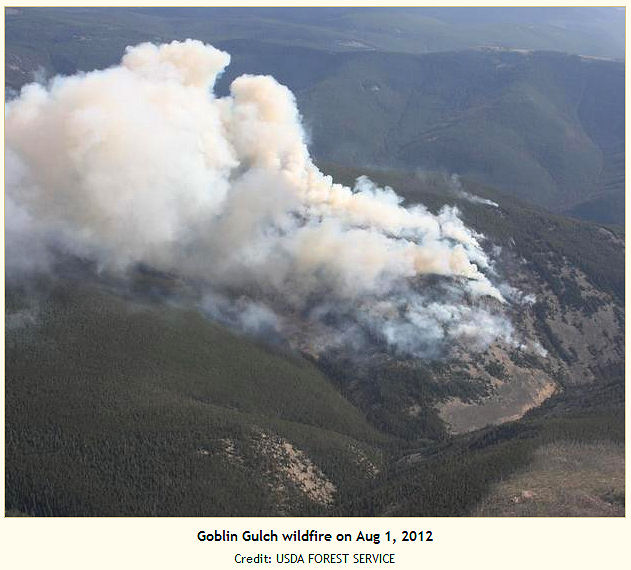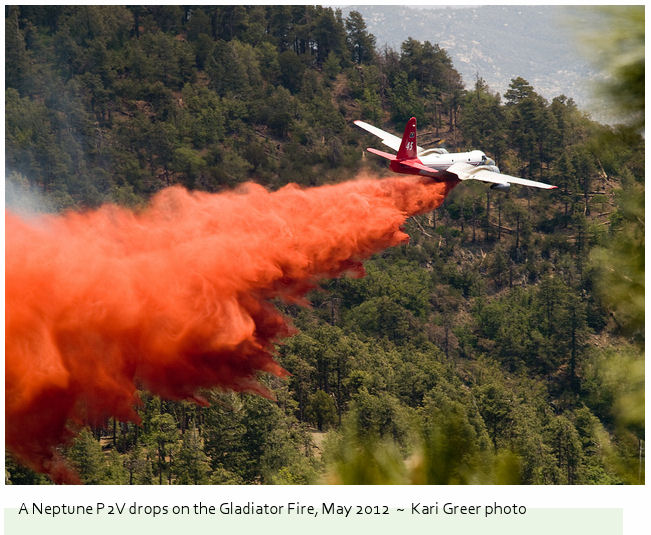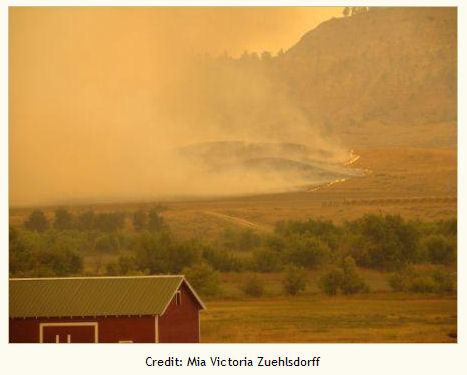Gusty winds are pushing fires through the woodlands south of Oklahoma this afternoon, with firefighters struggling to contain the fires in 113-degree heat. State emergency management officials said 25 structures were burned east of Noble; the Houston Chronicle reported that county sheriff’s deputies had directed residents of up to 100 homes south of Lake Thunderbird to evacuate the area.
The Oklahoma Highway Patrol closed part of the highway between Oklahoma City and Tulsa; officials suspect arson and were investigating reports that passengers in a pickup truck were throwing flaming newspapers from the truck. Law enforcement officials are seeking information about persons in a black Ford F-150 pickup; witnesses are encouraged to call (405)869-2501.
Prolongued drought conditions, along with the 100-plus temperatures and gusty winds, have created dangerous wildfire conditions in the state. “It’s difficult for the firefighters to get into the area because it’s heavily wooded on either side of the smaller roads,” said Jerry Lojka with the Oklahoma Department of Emergency Management. “When the winds are blowing 25 mph it just blows the embers and fireballs across the roads as if they weren’t even there.” The temperature this afternoon at Norman was recorded at 113 degrees, and southwest winds were gusting up to 24 mph.
The Oklahoman reported that police in the city of Norman had shut down State Highway 9 between 84th and 168th within the city limits. The state Transportation Department also closed down both northbound and southbound ramps from Interstate 35 to Turner Turnpike because of the wildfire near Luther, and the Oklahoma County sheriff’s department is assisting with evacuations.
At least 17 families lost their homes to fire and have taken shelter at the evacuation center in Noble.
CNN reported that the largest fire is south of Oklahoma City in Cleveland County. Lojka told CNN that subdivisions in wooded areas are threatened, and there’s no accurate count of homes destroyed by the fire. “It’s almost impossible to keep up with the count at this point,” he said, but it’s “many many homes, many outbuildings and other structures.”
A report by the Tulsa World noted that two National Guard helicopters were assisting. The Red Cross has established an evacuation center at city hall in Noble, and numerous fire departments are providing mutual aid, including personnel from Garvin, Oklahoma and Pottawatomie counties. Oklahoma Gov. Mary Fallin issued a statewide burn ban today, which supersedes all county burn bans and will be in effect until rescinded by the governor. Fallin also declared a state of emergency for all 77 Oklahoma counties; that order allows state agencies to make emergency purchases related to disaster relief and preparedness.
According to the Southern Area Coordination Center, red flag warnings were issued across most of the central and southern portions of Oklahoma for low relative humidity of 10 to 15 percent, with temperatures of 105 to 113 and south-southwest winds of 15 to 25 mph. Fire weather watches are in effect for most of central and southern Oklahoma.





